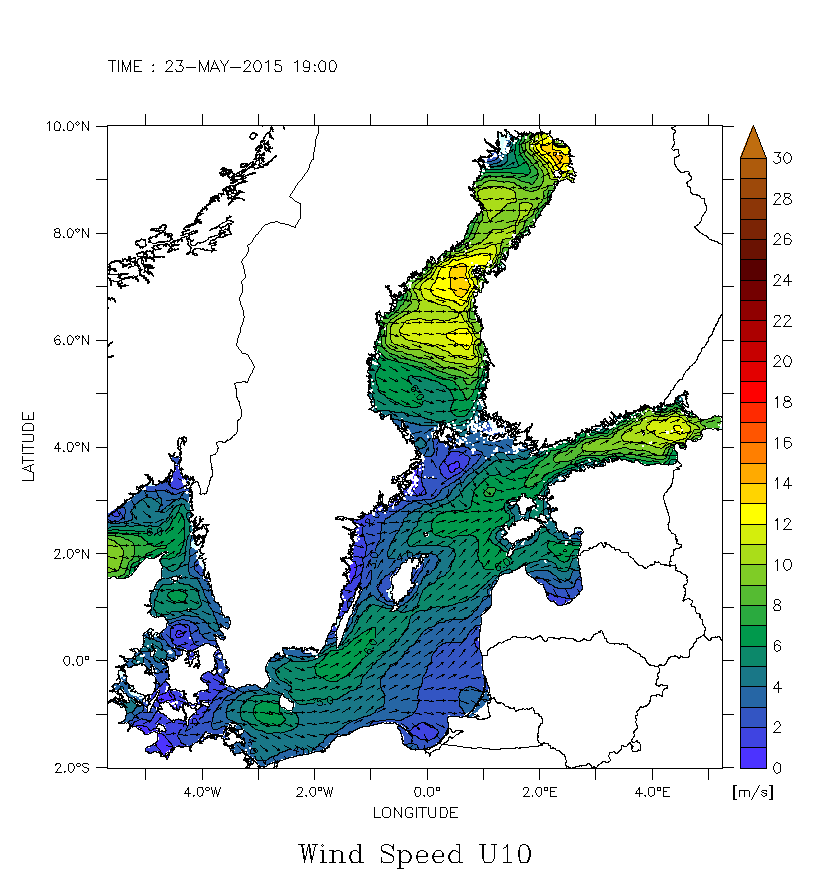Modele
WAM (WAve Model)
The WAM wave model is a 3rd generation wave model which integrates the basic transport equation describing the evolution of a two-dimensional ocean wave spectrum without additional unplanned assumptions regarding the spectral shape. There are three explicit source functions which describe the wind input, non-linear transfer and whitecapping dissipation. The WAM model was developed by the Wave Model Development and Implementation Group (WAMDI, 1988). As a meteorological input to WAM IOUG, the results of the atmospheric model COAMPS operated at the Interdisciplinary Centre for Mathematical and Computational Modelling (ICM), have been used. (Input: bathymetry, wind forecasts, ice cover, ocean currents forecasts)
POM
The Princeton Ocean Model, usually called POM was developed by George Mellor and Alan Blumberg around 1977. The model was developed and applied to oceanographic problems at Princeton University (USA). POM is a community general numerical model for ocean circulation that can be used to simulate and predict oceanic currents, temperatures, salinities and other water properties. For the needs of this project, the model was improved to Coupled Waves Current Model (POM+Waves).
SWAN
SWAN is a third-generation wave model, developed at Delft University of Technology, that computes random, short-crested wind-generated waves in coastal regions and inland waters. SWAN can be used on any scale relevant for wind-generated surface gravity waves.



















